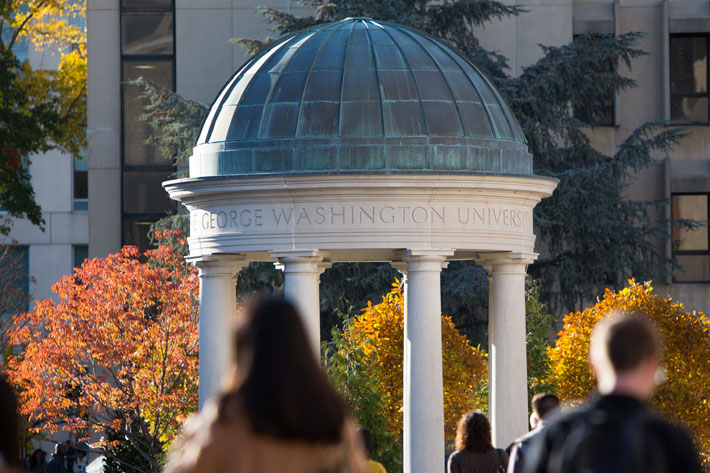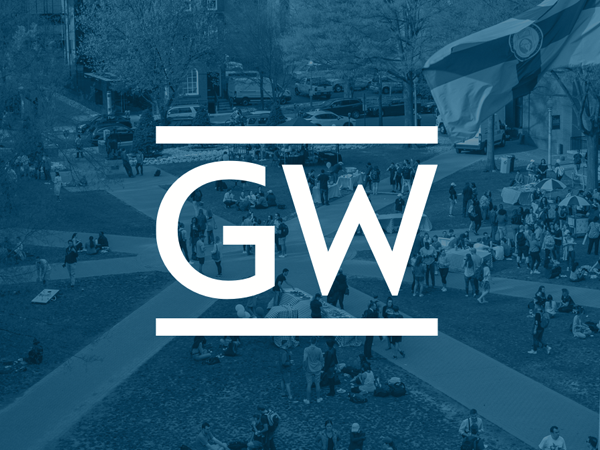As the George Washington University Class of 2019 begins to take shape, Dean of Admissions Karen Stroud Felton offered GW Today an update on this year’s cohort of prospective Colonials:
Alternate College/School Choice:
A change to this year’s admissions application generated a positive response from high school counselors and prospective students. For the first time, the university allowed applicants the option to identify an alternative college or school in addition to their primary choice. Previously, applicants could apply to only one of GW’s schools.
“Recognizing that they often have fluid academic interests, this opportunity enabled students to reflect this through the application,” Ms. Felton said.
Although not required to identify an alternate choice, nearly two-thirds of the applicants did so, Ms. Felton said. The most popular combination of choices was the Columbian College of Arts and Sciences paired with the Elliott School of International Affairs.
Overall Applications:
As of March 1, GW received 19,781 applications from students who represent all 50 states, the District of Columbia and 129 countries. Fall first-year applications are up nearly 4 percent compared to final application numbers from last year.
Early Decision Students:
Out of 1,057 applicants, GW has admitted 750 students through its Early Decision (ED) admission plan, designed for students who designated the university as their top choice school. These students signed a contract stating that, should they be admitted through ED, they would enroll at GW and withdraw applications to all other colleges.
“Students admitted Early Decision this year had a higher high school GPA on average than last year, while median SAT scores were down slightly. Given our internal research that shows high school performance is the strongest predictor of academic success at GW, we are pleased with the academic strength of the group” ,” Ms. Felton said.
Enrollment Goals:
Last year, GW enrolled 2,414 first-year undergraduates. With the inclusion of the Corcoran School of the Arts and Design and university budgetary pressures, Ms. Felton said her office anticipates enrolling a slightly larger class this year.
Undergraduate yield—the percent of students who accept their admittance offer—has declined roughly a point a year on average over the past several years at colleges and universities around the country, Ms. Felton said.
“Students are applying to more colleges and universities as they fret over low admit rates at top schools,” she added. “Financial factors also increasingly play a greater role in college choice, leading families to compare need- and merit-based awards from multiple institutions.”
In an effort to grow the university’s international student population, GW also plans to admit a greater number of students from abroad. This may contribute to declines in yield, since international students often yield at a lower rate than domestic students.
Given these factors, the Office of Admissions anticipates that GW’s yield will decline slightly this year, Ms. Felton said.
“Consequently, doing all we can to enroll our admitted students is more important than ever and will require the full support and collaboration of the entire university community,” she said.
The Admissions Office has increased the number of on-campus admitted student visits, now called “Inside GW,” from four to five days. They will be April 10, 13, 17, 20 and 24 and will include programming and activities that showcase academics and student life. Students and families unable to visit during Inside GW also can take advantage of enhanced programs on non-event days throughout April. Finally, GW Admissions will work with alumni in cities around the world to host yield receptions in students’ hometowns.
“We are looking forward to admitting another extraordinary class to the university,” Ms. Felton said. “And we can’t wait to welcome them to the GW community.”



